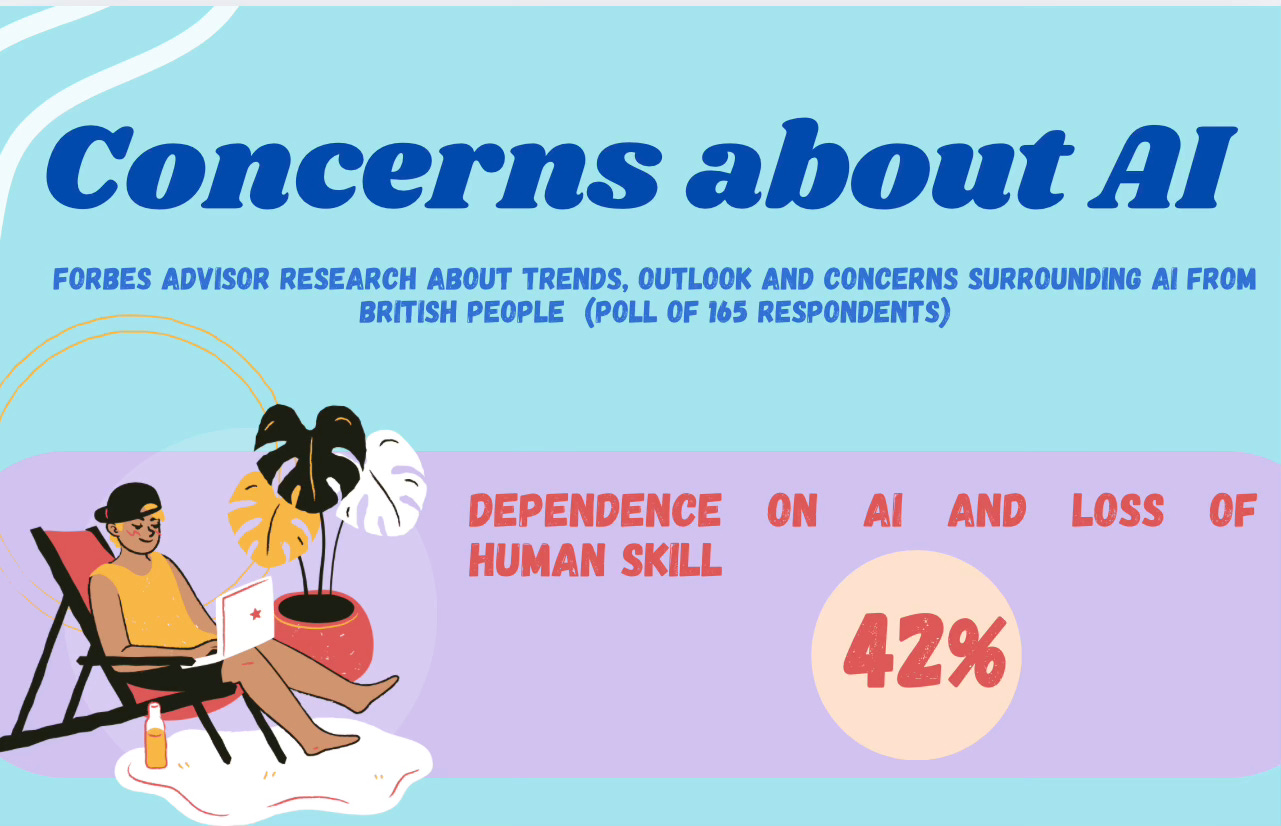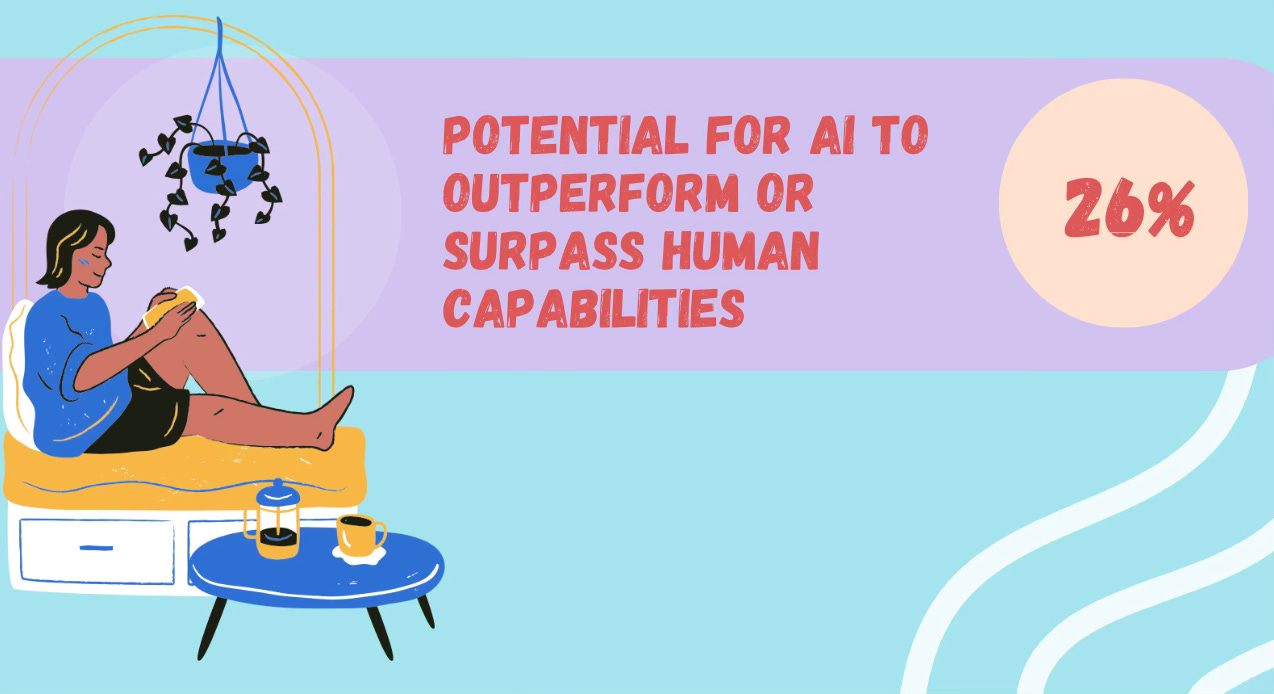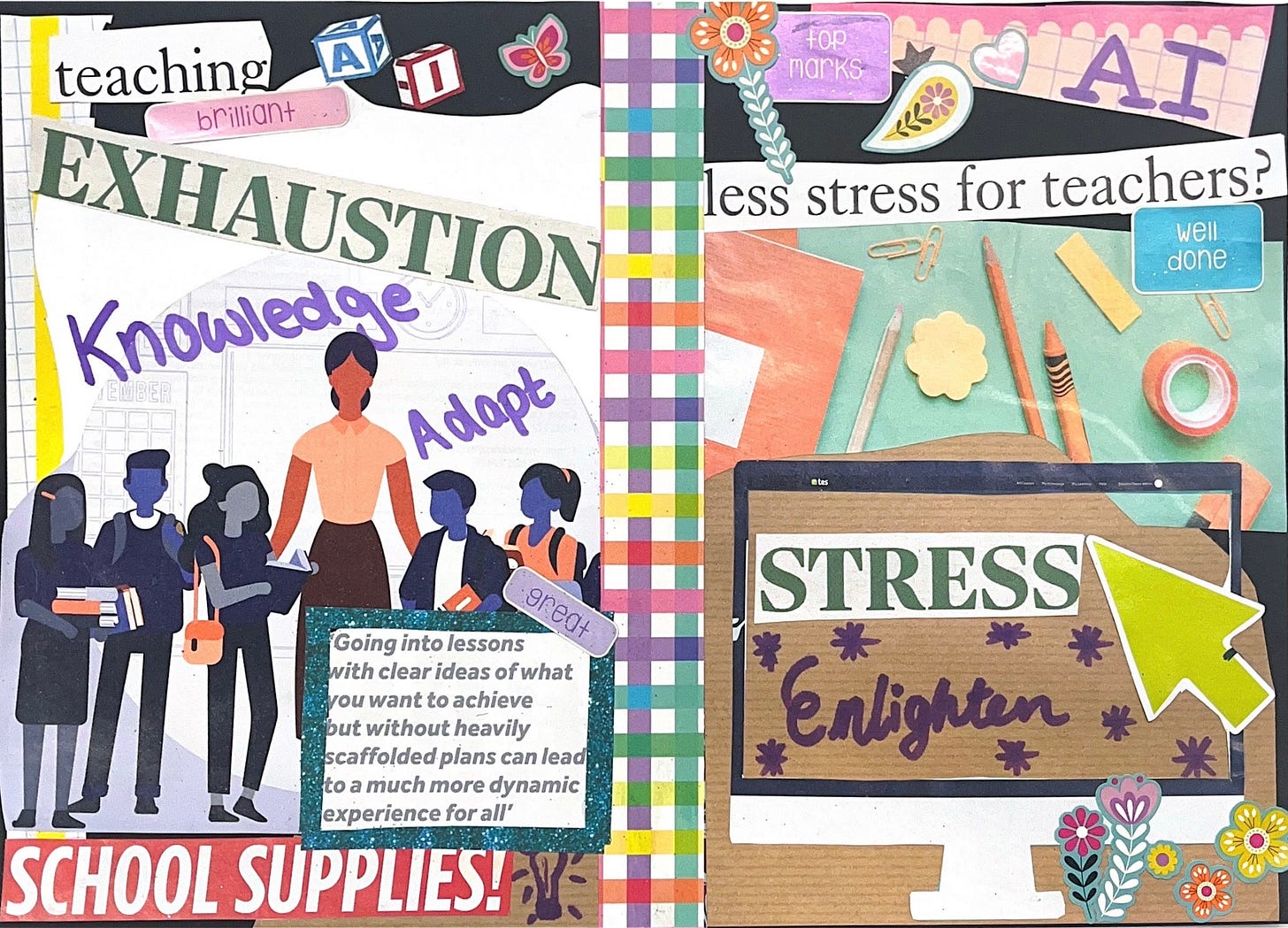AI in education: Introducing the new teaching assistant
The introduction of AI into educational institutions is becoming more common around the UK
In January of 2025 the UK Government’s Department of Education announced that they were committed to supporting the AI Opportunities Action Plan. In their policy plan they outlined that the use of Artificial Intelligence (AI) in education ‘can ensure that every child and young person, regardless of their background, is able to achieve at school or college and develop the knowledge and skills they need for life.’
With the rise of AI in every-day life, from Google’s search engine intelligence Gemini to mainstream acknowledgment of ChatGPT. Most notably, with the rebrand of Twitter to X, Elon Musk has introduced his own AI called Grok, and in March of 2025 he sold X to his other company xAI. Therefore there is no surprise that AI is now making its way into education.
In discussion with Dr. Simpson, a senior lecturer in Sports and Exercise Science, he stated that ‘a lot of the times when you speak to lecturers, they immediately think of the ChatGPTs and what we call the large language modules… I am a big fan of AI in all respects. It is all over the workplace. It’s all over our daily lives and it’s going to continue to grow.’
‘I think there is a very predictable outcome, which is the world of Wall-E… I think that is very much the direction that at least the Western Development countries are heading towards.’ - Dr. Simpson
In February 2025, research by the Higher Education Policy Institute was carried out by surveying 1,041 full-time undergraduate students asking how many use AI in any form. This survey provided the result that 92% of students surveyed are using AI, and 88% admit to using GenAI for assessments, this has been a huge increase since 2024. The rising frequency of AI use in education raises the question on responsible usage.
Dr. Simpson noted on this subject that ‘What I think many lecturers struggle to articulate is where’s the boundary between appropriate and inappropriate use? Once you start using GPT to raise the questions, GPT will often say and would you like me to give you a sample essay, and then it’s already there in front of you and it takes a very strong human being not to then say well.. I could just take this and maybe I’ll do what I do with turnitin (turnitin is a plagiarism detection software used in academic institutions) and change a few words.’
AI has become used more day-to-day from sending messages to using it in jobs. Aside from the worries about using AI for assessments, some argue that AI should be taught in schools to provide students with skills they need before they enter the workforce.

Elizabeth Scott, an AI Assisted Reporter who recently completed her degree, noted on the acceptance of AI in education before she entered the job market stating that her university ‘was very supportive of the use of AI - but only within reason.’
She continued by stating that ‘I do think that there should be more training in how AI is used, especially at an undergraduate level.’ She continued stating that using AI whilst completing her degree helped as she is dyslexic and using AI to ‘check the spelling and grammar’ became a tool that helped reduce her stress and her university allowed her ‘to have these systems in place, without criticising the application of them, but rather supporting them.’
Although being an avid user of AI both in her educational journey and then further on with her career she does argue for the worries that universities have by questioning ‘What is the point of teaching when the students aren’t planning on learning, and instead using a machine to do all the work for them? Whilst AI is a great asset…Lecturers don’t lie when thet say that they can spot an essay written wholly by AI. For that reason, I think universities are conscious about how much they encourage AI.’

In an article for the Times Higher Education, Juliette Rowsell wrote that Academics ‘fear students becoming too reliant on AI tools’ however AI can be a great tool for academics and lecturers to reduce their workload and stress.
Education Support stated that ‘teachers and everyone working in education are at risk of burnout’ and reported that ‘78% of teachers described themselves as stressed in the 2023 Teacher Wellbeing Index’ cosigning this with the statement that ‘with such statistics it’s no surprise that so many teachers are leaving the profession.’
AI isn’t just a tool for students, it can be a stress-relieving tool for educators. Dr. Simpson discussed utilising AI to help relieve his work load stating that ‘I just said to the computer…could you give me the intended learning outcomes? And it gave me 6 learning outcomes. I look at them. I edit them a little bit, but it’s done in the space of 5 minutes. It saves me a lot of time. Now I can get on with actually developing better content.’
Although AI has its arguments for and against its use in education, this argument can shift as the discussion travels to primary and secondary schools. Dr. Simpson discussed the use of AI in secondary schools as a tool to help students get over resistance to work by stating that ‘if people don’t engage with learning, there is no learning. So I would rather [students] engage initially with AI to get [them] through the hump.’
With AI becoming more advanced as more people use it there is no way we could predict what AI will look like for schools in a year compared to in five to ten years time, but the fundamental argument is that AI is not going anywhere and eventually people will either adopt it or continue fighting it until it is not possible to not engage with AI. For the future of AI in education, only time will tell.
Check Out More by Dr. Simpson: Podcast


